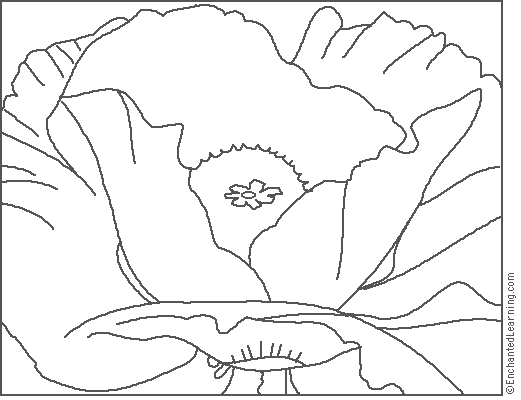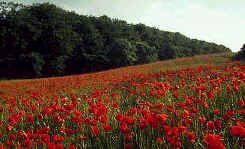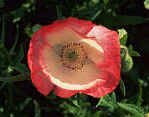
Veterans Day
In 1918, at 11 o'clock, on the 11th day of the 11th month, the world celebrated. After four years of bitter war, the Allies signed an armistice, an agreement to stop fighting, with Germany. That brought World War I to a close. The "war to end all wars" was over.
A holiday called Armistice Day was started to remember the sacrifices that men and women made during World War I. On Armistice Day, soldiers who survived the war marched in a parade through their home towns. Politicians and veteran officers gave speeches and held ceremonies of thanks for the peace they had won.
Armistice Day became a national holiday in 1938, 20 years after the war ended. By then Americans had realized that World War I was not the "war to end all wars", and that it probably would not be the last war for the United States. World War II began the following year and nations of all sizes again took part in a bloody struggle. After World War II, Armistice Day continued to be observed on November 11.
In 1953 people in a city in Kansas called the holiday Veterans Day to give thanks to the veterans in their town. Soon after, Congress passed a bill introduced by a Kansas congressman renaming the national holiday to Veterans Day. Beginning in 1954, the United States named November 11 as Veterans Day to honor veterans of all U.S. wars.
Americans still give thanks for peace on Veterans' Day.
There are parades, ceremonies, and speeches, and at 11:00 a.m., Americans observe a moment of silence,
remembering those who fought for peace.
Veterans gather at the Vietnam Veterans Memorial in Washington, D.C. to place gifts and stand quiet vigil
at the names of their friends and relatives who fell in the Vietnam War.
Veterans of military service have organized support groups such as the American Legion and Veterans of Foreign Wars. On Veterans' Day and Memorial Day, these groups raise funds for their charitable activities by selling paper poppies made by disabled veterans. This bright red wildflower became a symbol of World War I after a battle in Flanders Field.
Read below to find out what happened in Flanders Field:
Flanders, a region between France and Belgium, was the scene of one of the bloodiest battles of World War I. One of the few things said to have survived the bloodshed was the poppy. John McCrea, a Canadian doctor serving on the battlefield, wrote this poem after treating the battle wounded and burying the dead.
Learn more about how poppies and wartime battles are related.
Click here.
QUESTIONS:
When exactly did World War I end?
Define cease-fire.
Define armistice.
What phrase was often used to describe World War I? You will find it written 2 times in the paragraphs above.
In what year was Armistice Day renamed to Veterans Day?
Why was the name of the holiday changed?
Draw a poppy in Paint, or copy, paste, and color the picture below.



